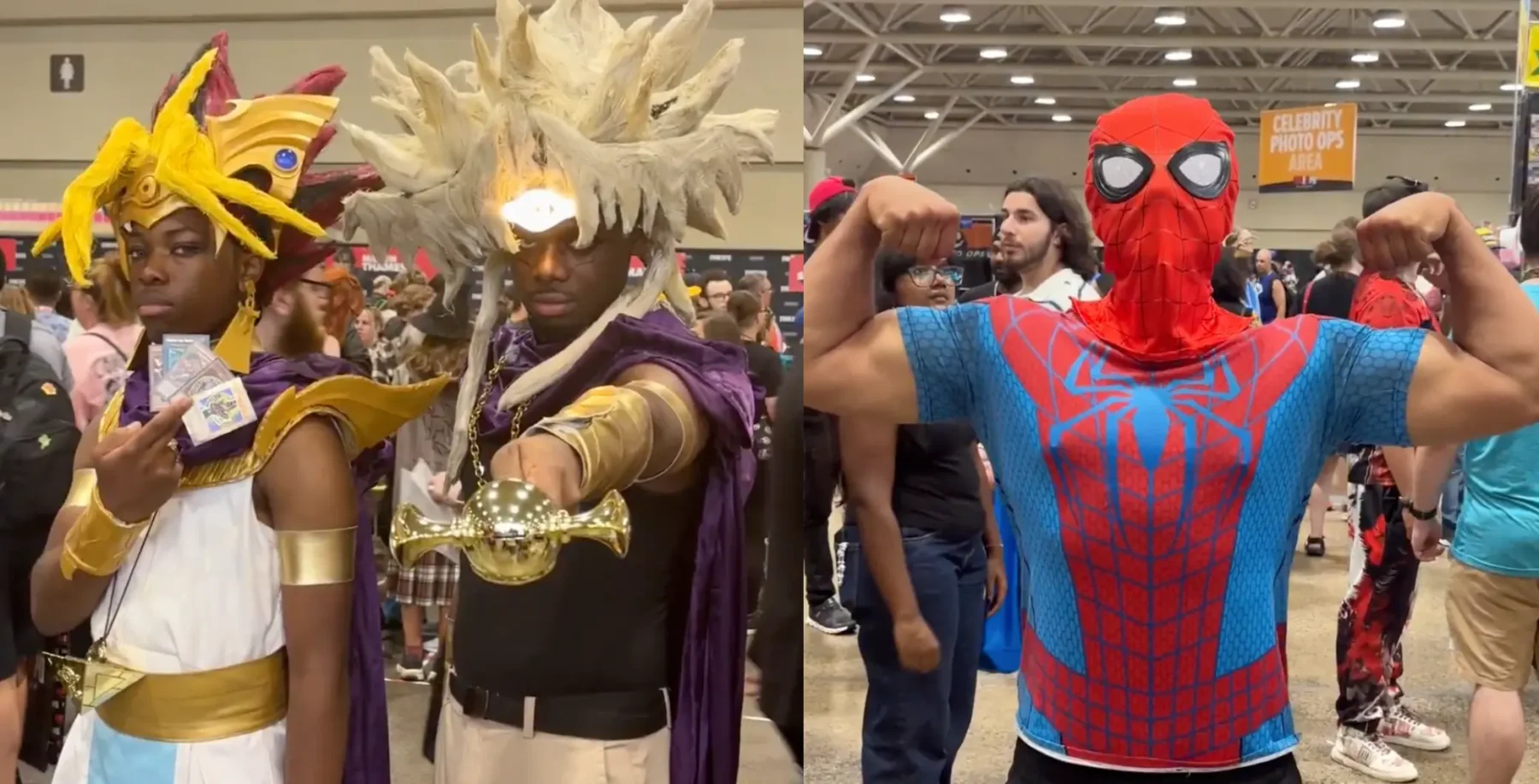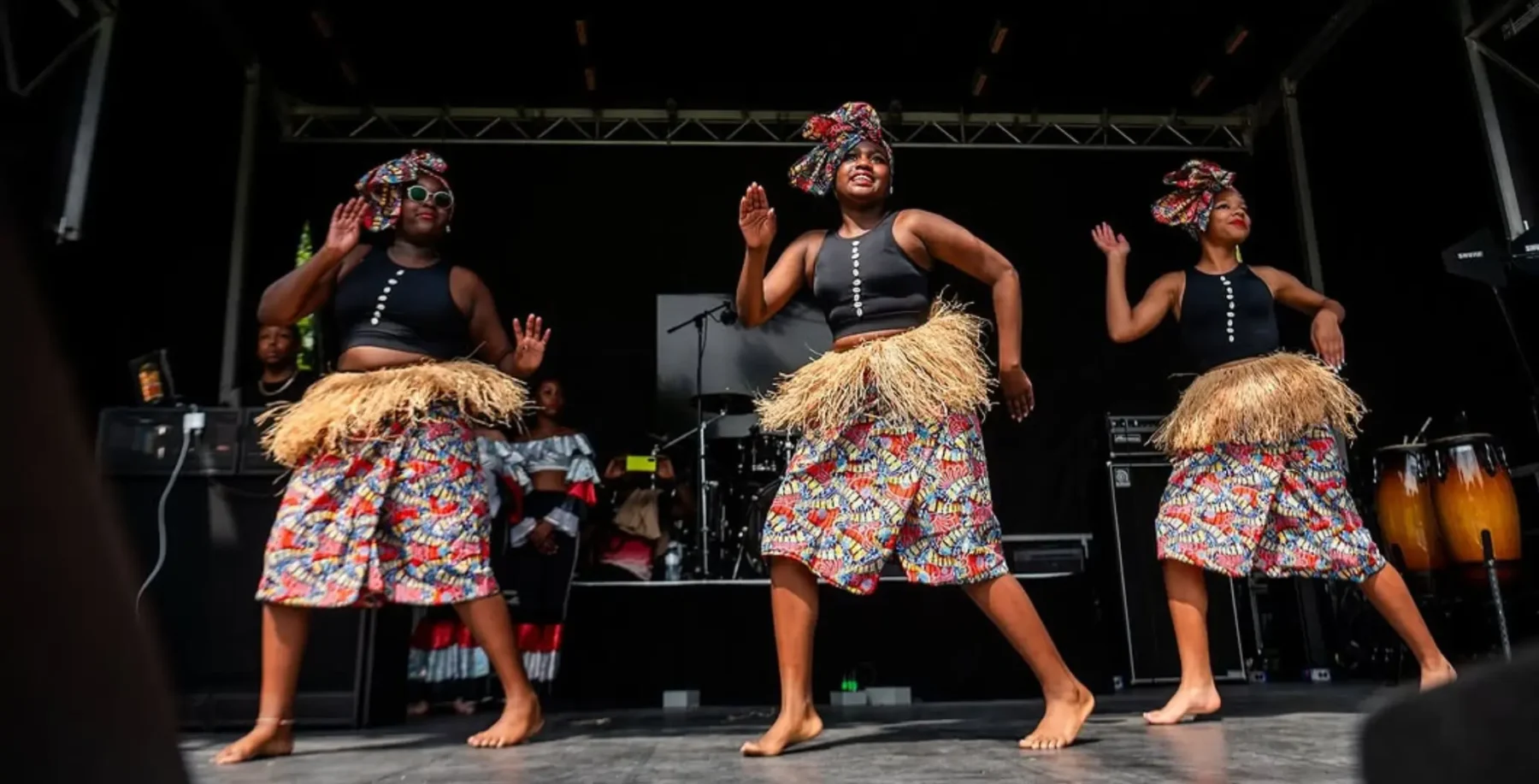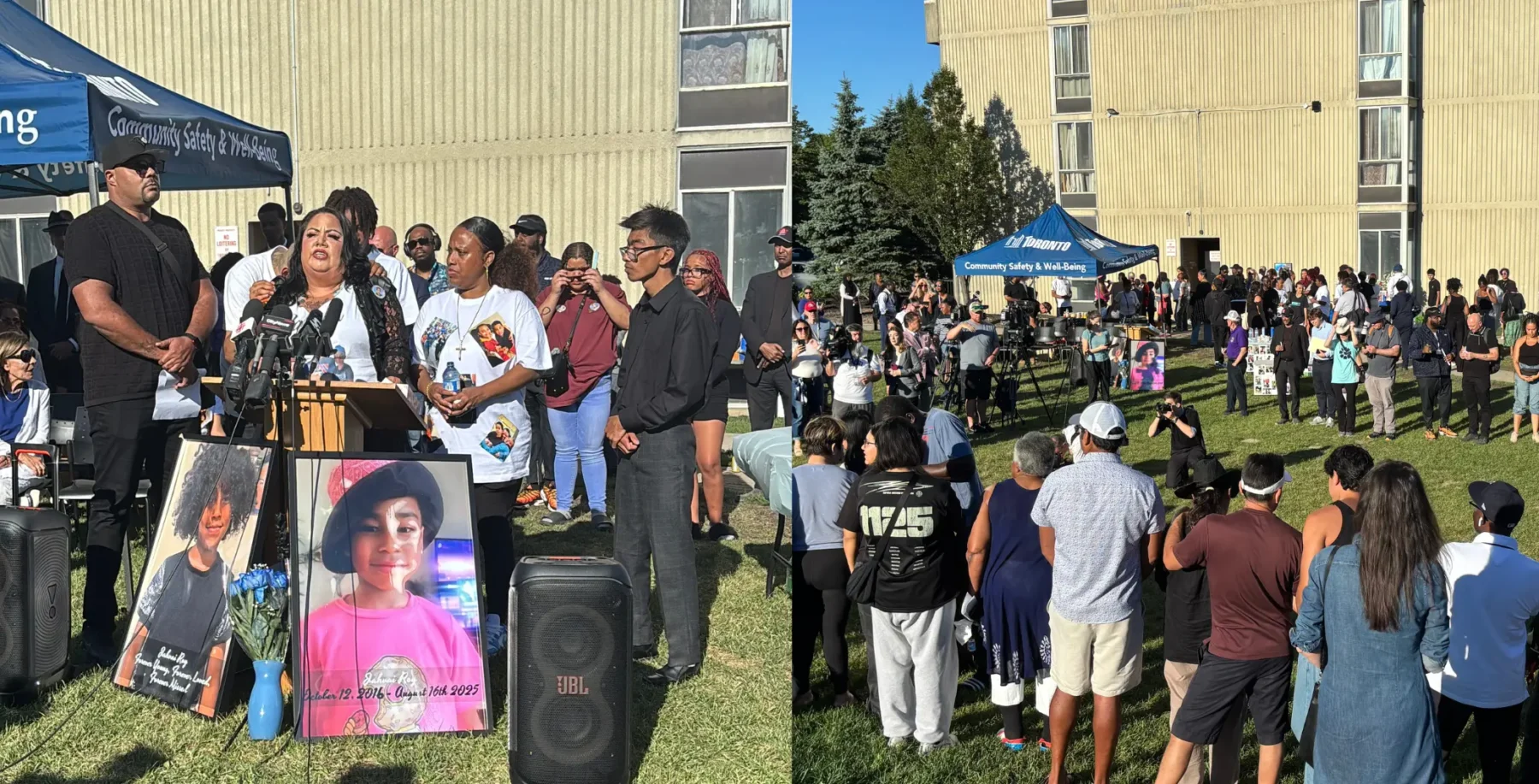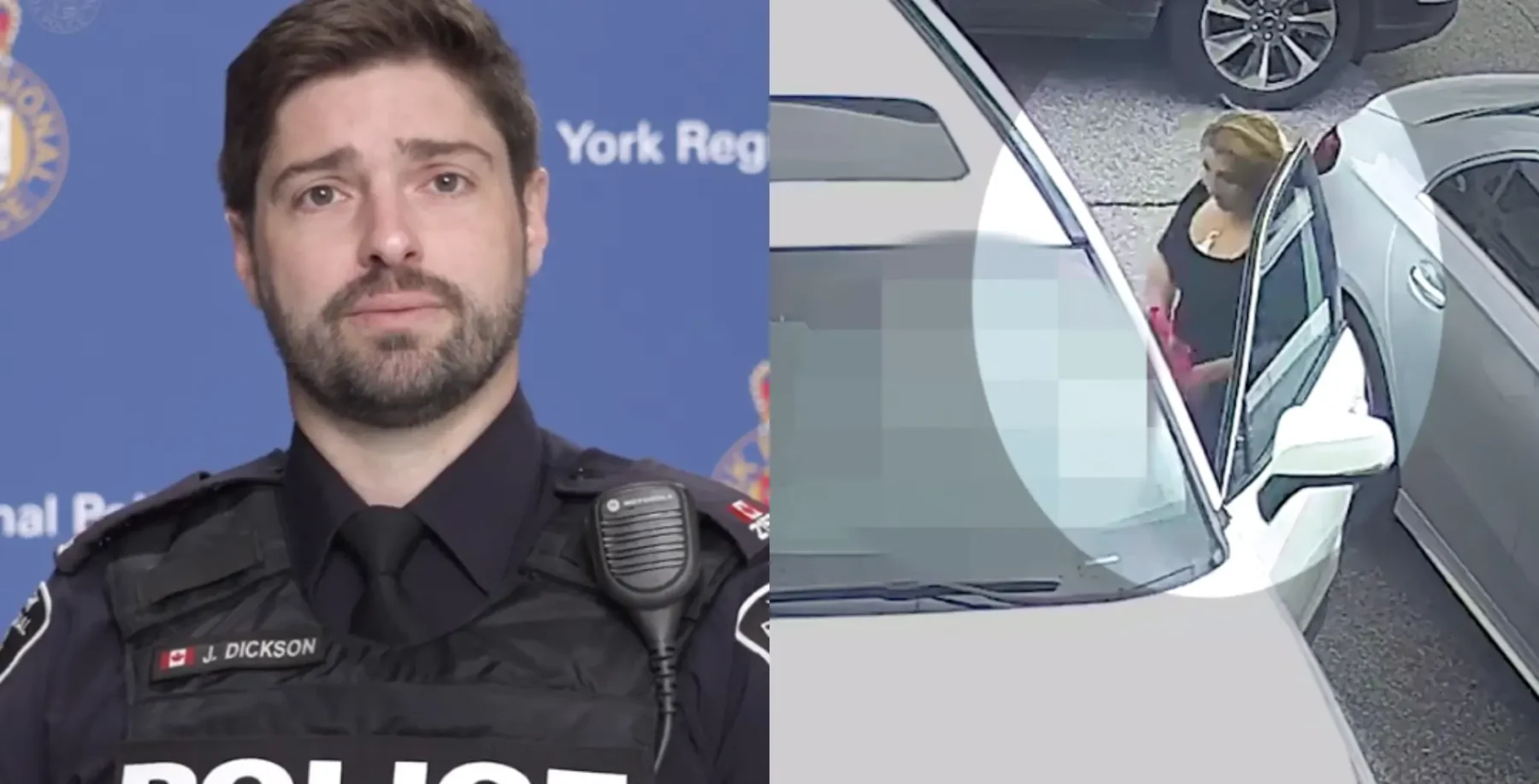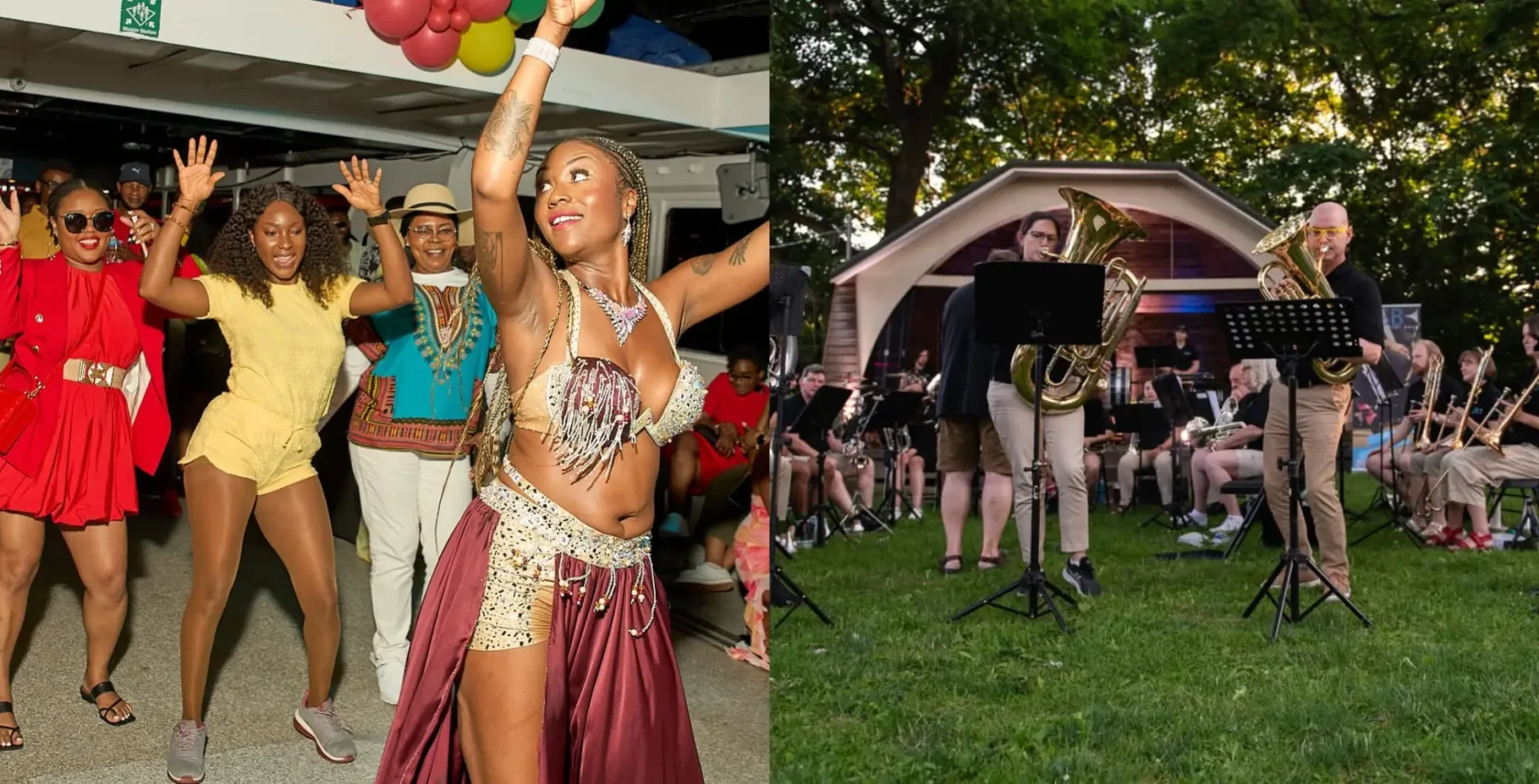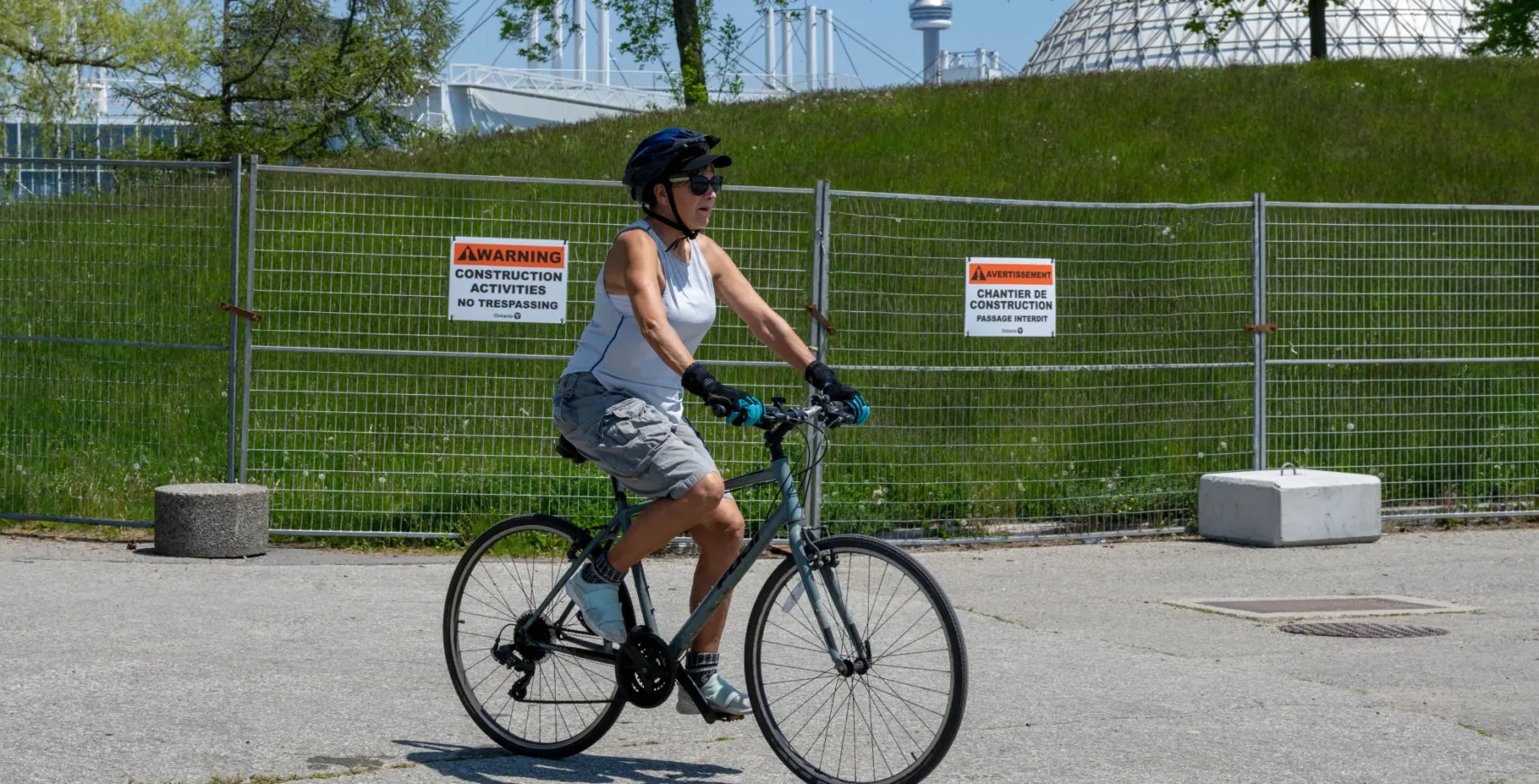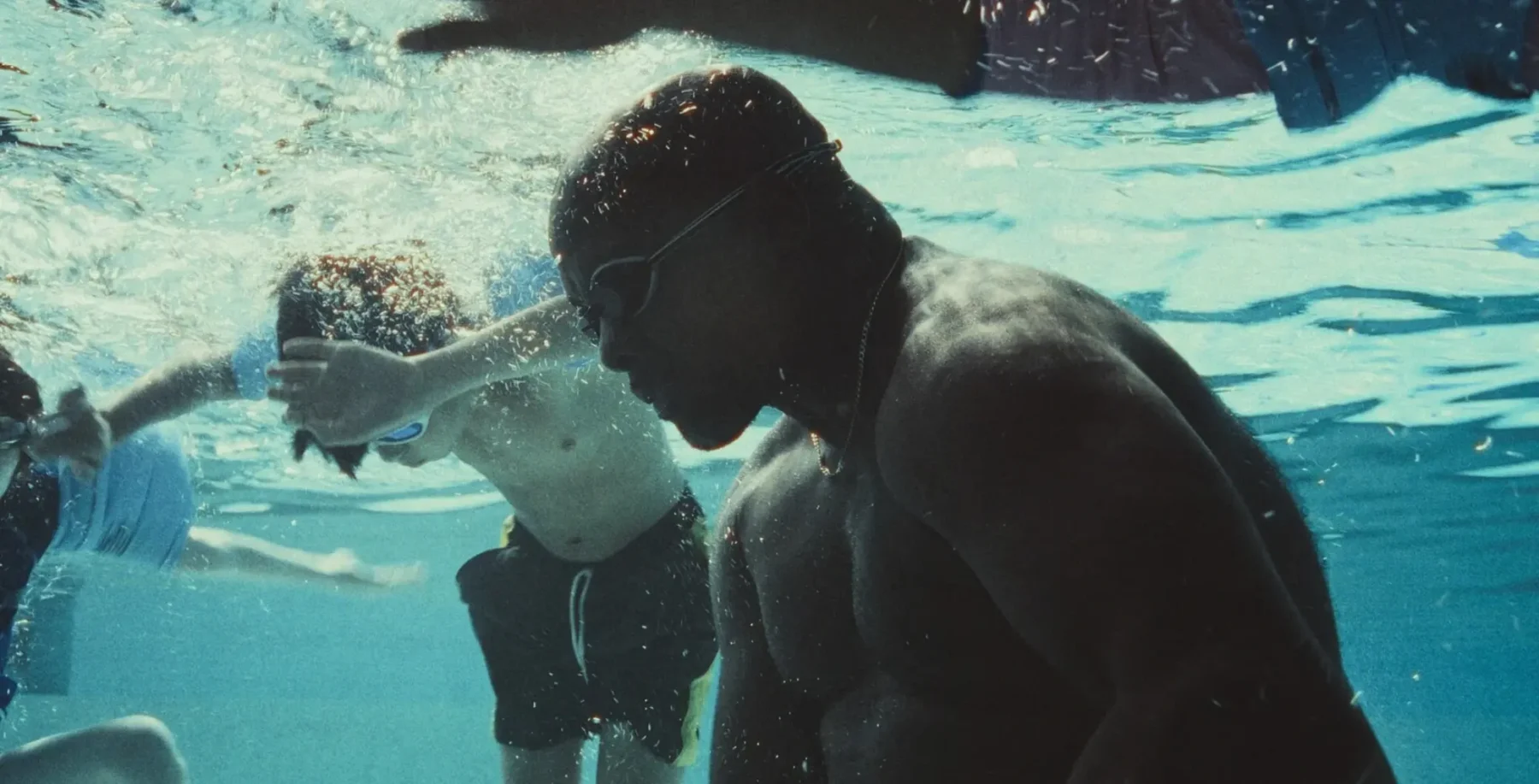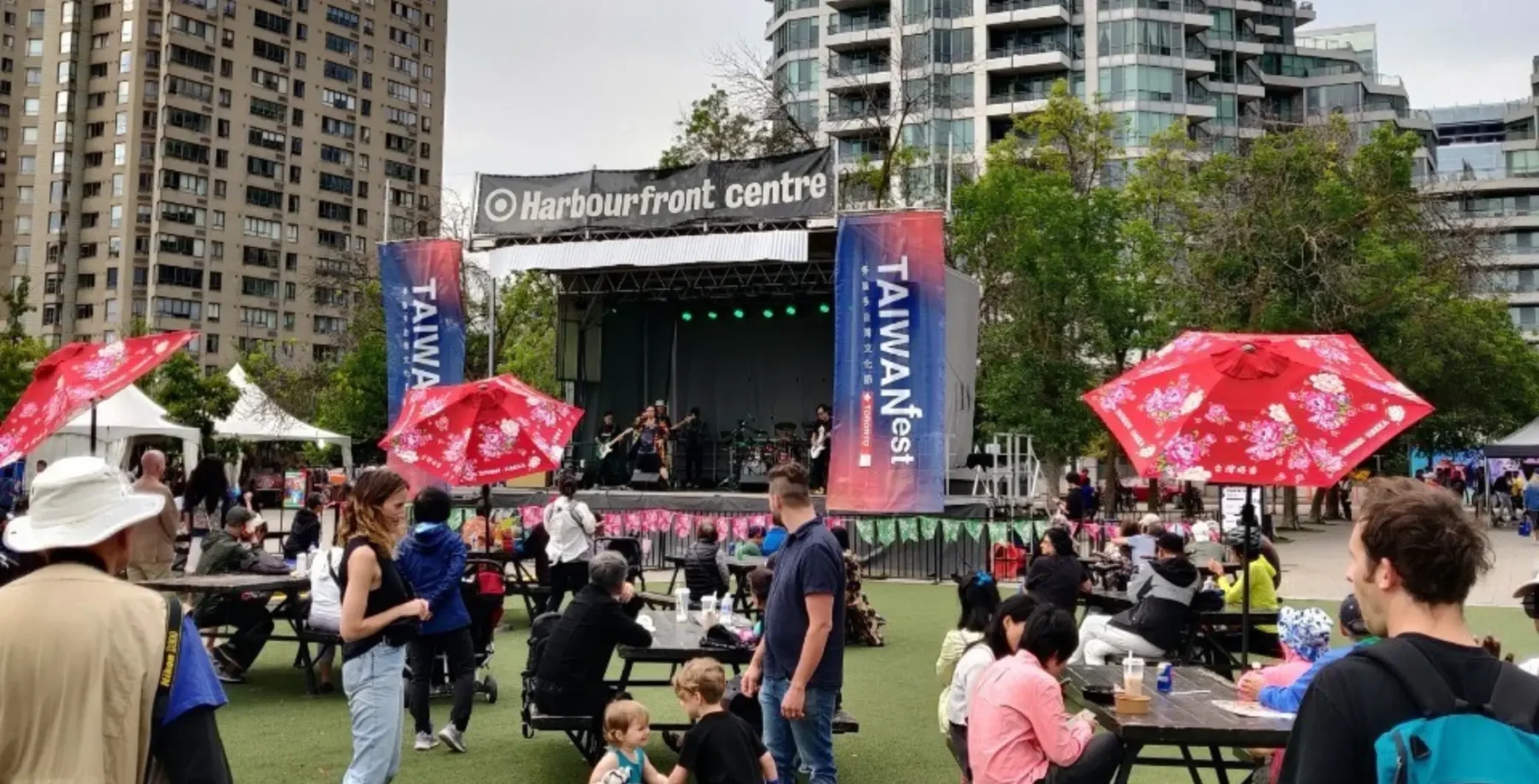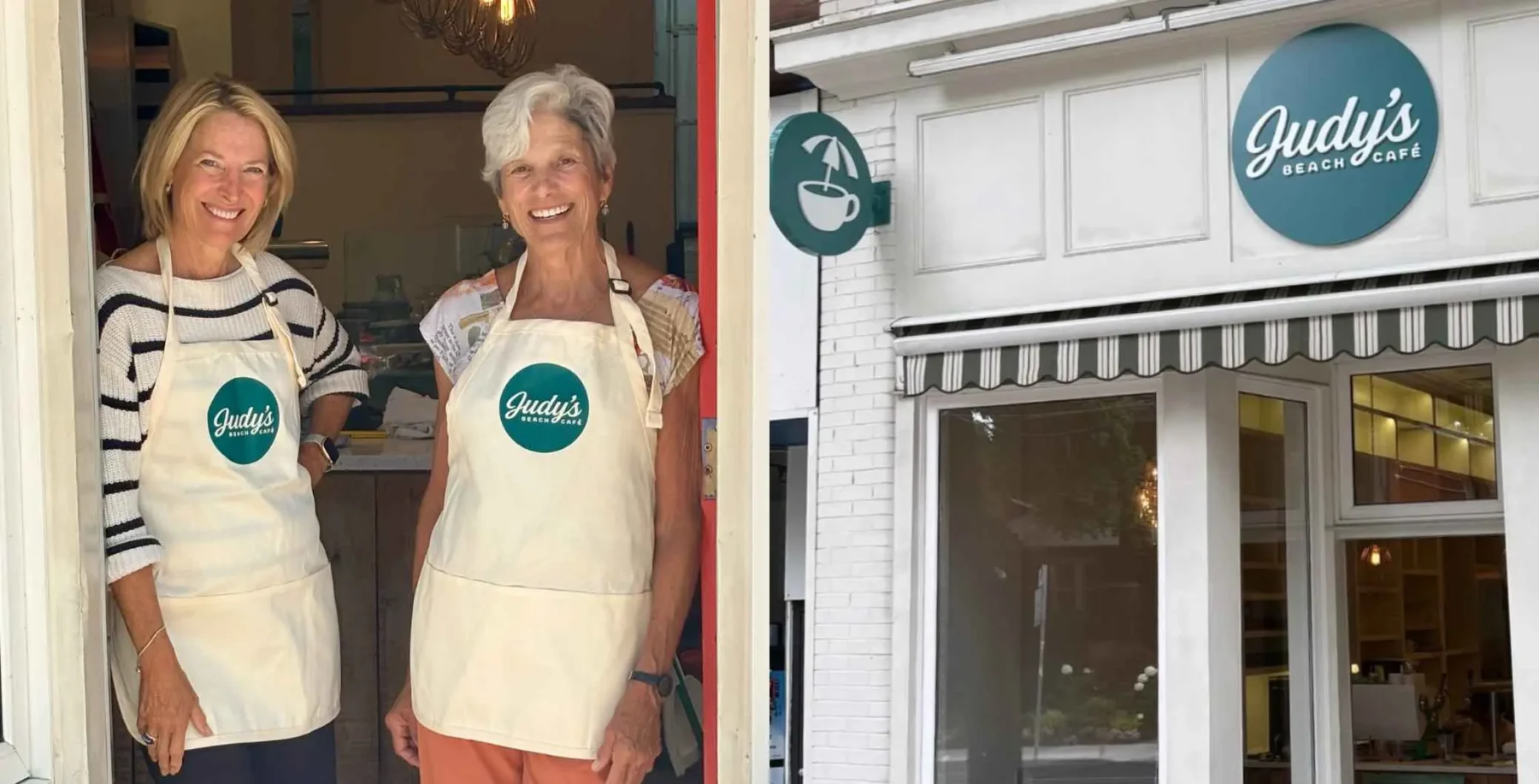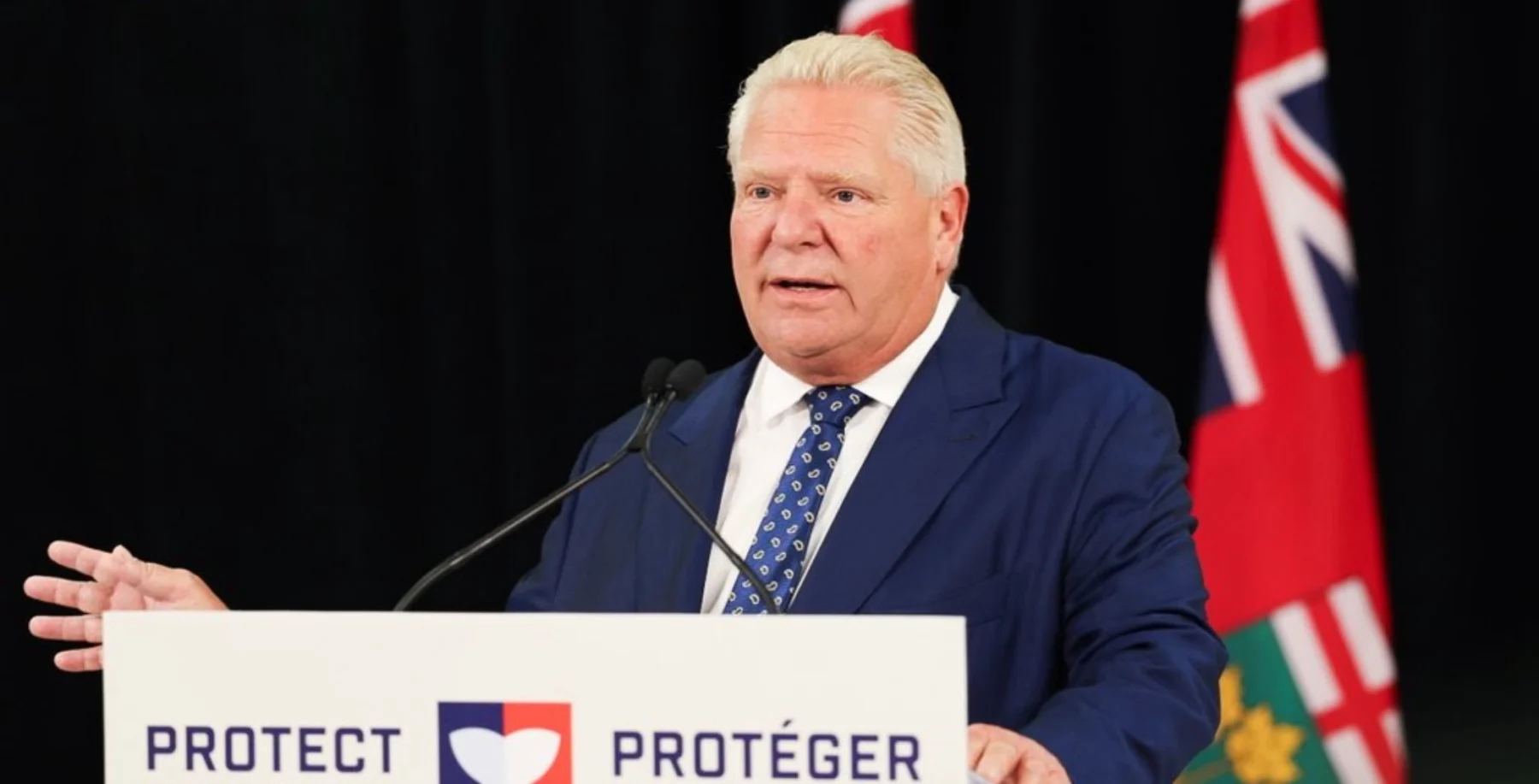
A few years ago, celebrities like Kate Moss, Cindy Crawford and Lindsay Lohan started wearing calf-length leather boots with embroidered designs and fur trim. The shoes were mukluks, soft and warm footwear traditionally made and worn by Indigenous peoples, especially those living in the Arctic. It started a trend in fashion – a cold-weather alternative to the moccasin and a much more stylish option than the Ugg boot – and inspired thousands of copycat styles.
Now, Toronto residents can try their hand at making their own pair of authentic mukluks during the Storyboot School’s extended stay at the Bata Shoe Museum. The school created by Manitobah Mukluks, the Winnipeg brand with a large celebrity following, enables experienced Indigenous artists to pass on their skills ranging from cutting and sewing leather to embroidery and beading.
“What we saw when we first started the Storyboot School was that it became more than just teaching the next generation how to make mukluks and moccasins,” says Waneek Horn-Miller, the school’s director. “Students of different backgrounds were learning an Indigenous cultural act steeped in history and meaning. It helped take down some of those walls built up between cultures.”
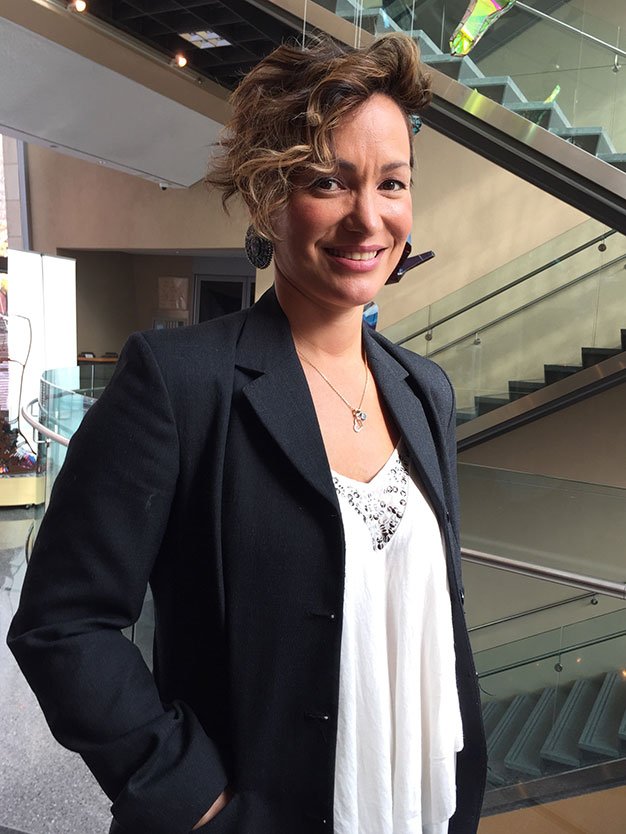
Storyboot School director Waneek Horn-Miller.
Horn-Miller, who is a Mohawk bear clan woman and former national water polo athlete, discovered Manitobah Mukluks after she admired a pair of boots on a stranger a few years ago. She became involved in the Storyboot School as a way to promote Indigenous craft and inter-cultural understanding.
The first semester of classes just finished, but workshops, which take place once a week on Sundays, run until June 2017. Over six weeks, students learn the basics of how to make a pair of moccasins, including measuring feet for shoes, cutting and sewing leather as well as creating beaded designs. Horn-Miller sees participation in the Storyboot School as a small act of reconciliation.
“Every little thing matters when you’re trying to heal. This becomes a small opportunity to stitch together a broken relationship,” she says.
In many Indigenous cultures, beading and mukluk making is not only considered an art but a social pastime. Horn-Miller recalls watching the matriarchs in her family gather with other women in the community to sew, chat and bond. The beaded and embroidered designs, including flowers and animals, are symbolic to different Aboriginal groups and are a way for designers to tell their stories.

A Storyboot School student shows off her beaded design.
When it comes to fashion, Indigenous communities have seen aspects of their culture appropriated by a huge number of non-Indigenous designers. Earlier this year, Toronto-born fashion designers Dean and Dan Caten of Dsquared2 issued a formal apology for their 2015 winter collection, which mimicked Indigenous designs and was promoted using the offensive hashtag #Dsquaw on social media. Aboriginal crafters of mukluks and moccasins have seen shoddy reproductions of shoes sold in fast-fashion stores across the globe. Additionally, the trend of “Native-inspired” music festival headwear seems to pop up every summer, no matter how many times it’s called out as offensive.
Horn-Miller says that while all of these things hurt, progress is slow and she prefers to focus on the positive steps the fashion community is making, such as Valentino’s recent collaboration with Métis artist Christi Belcourt.
“That’s huge for both the fashion industry and the Indigenous world to see our artists up there on the runways. Change is slow but it’s happening,” Horn-Miller notes.

A pair of handmade mukluks typically takes hundreds of hours to complete. The embroidered and beaded designs hold symbolic meanings to the maker.
She encourages the public to question brands that sell Indigenous-inspired clothing, accessories and footwear, and to try and support those that actually work with First Nations artists. Manitobah Mukluks was founded in 1990 by Sean McCormick, a Métis entrepreneur. Unlike some other popular Indigenous-inspired footwear companies, including Minnetonka Moccasin, Manitobah Mukluks is First Nations owned and operated, and its profits are returned to Aboriginal communities.
“You are directly helping cultural revitalization practices,” Horn-Miller says. “I hope it inspires everyday Canadian shoppers to love and cherish my culture as much as I do.”
The Storyboot School is free for First Nations students because of funding from the TreadRight Foundation, and $100 for non-First Nations students. Visit the Storyboot School website to register for classes and for more details.
michelled@nowtoronto.com | @michdas

